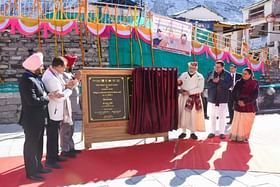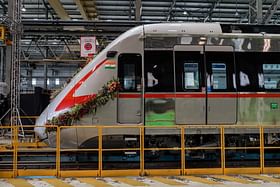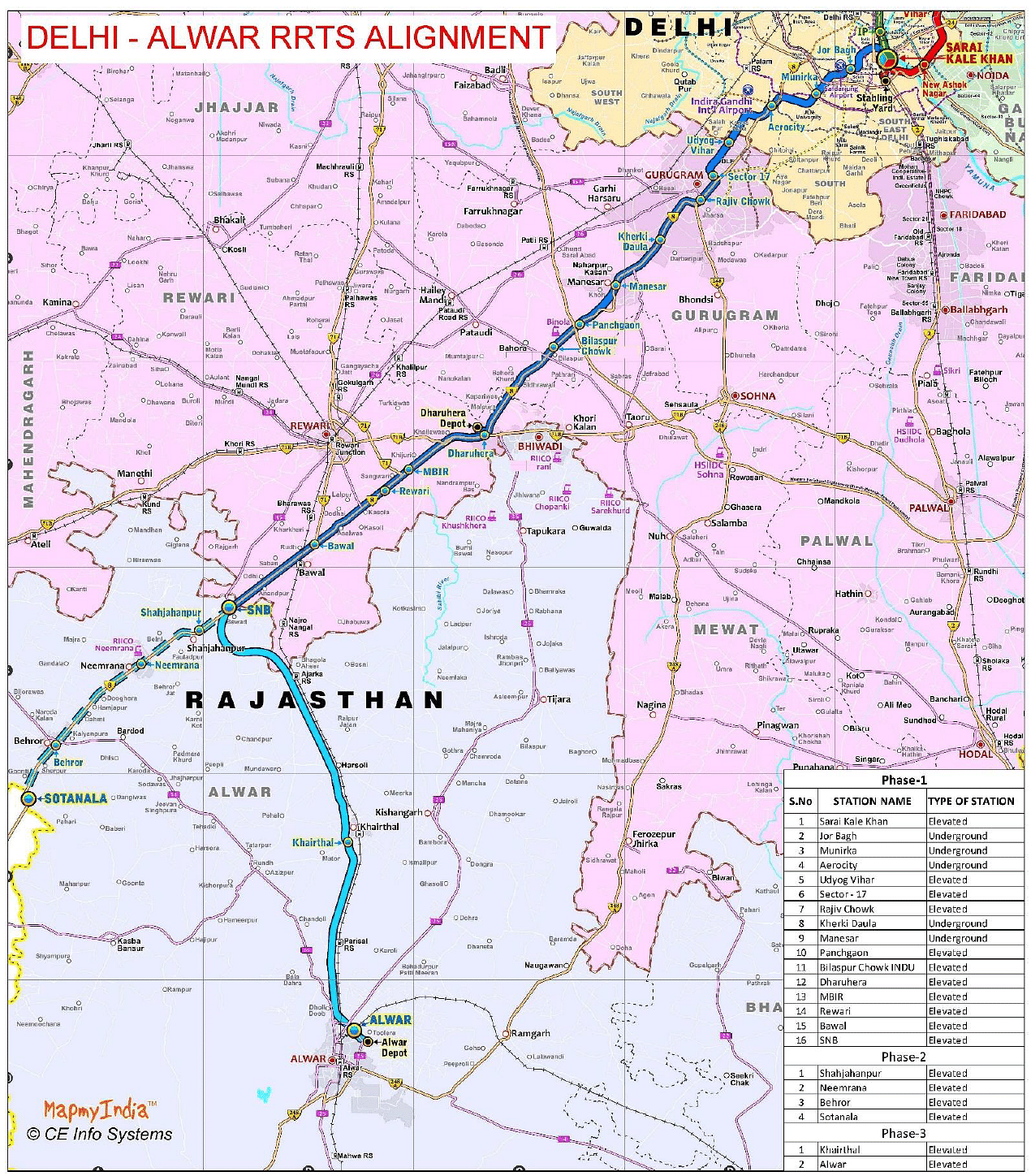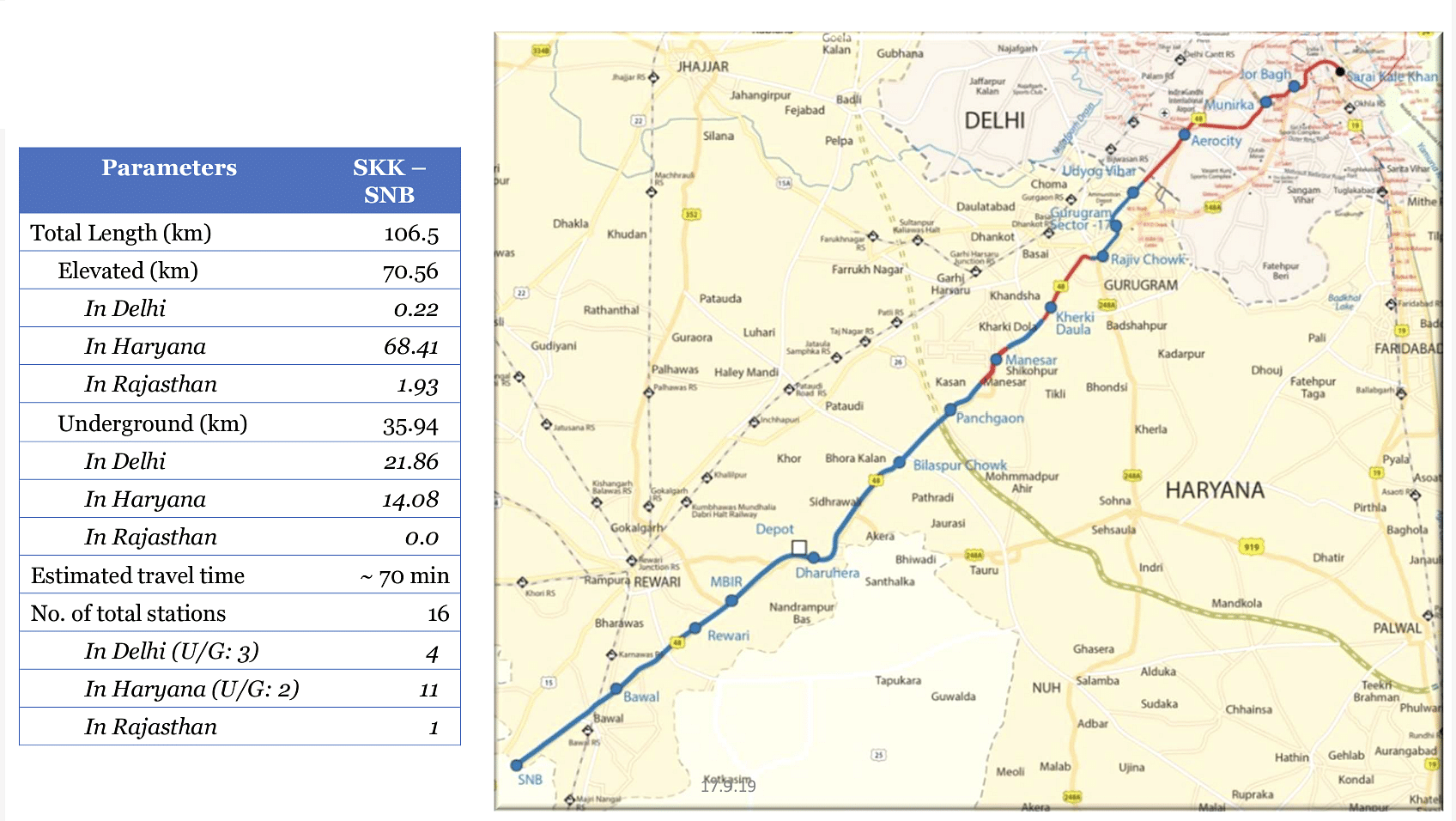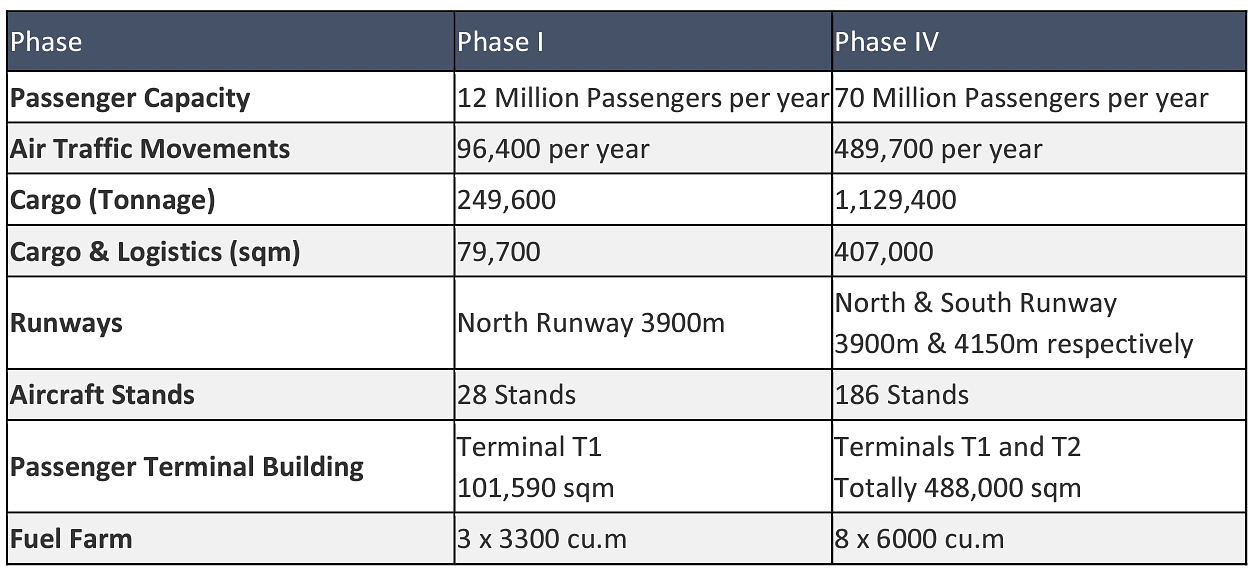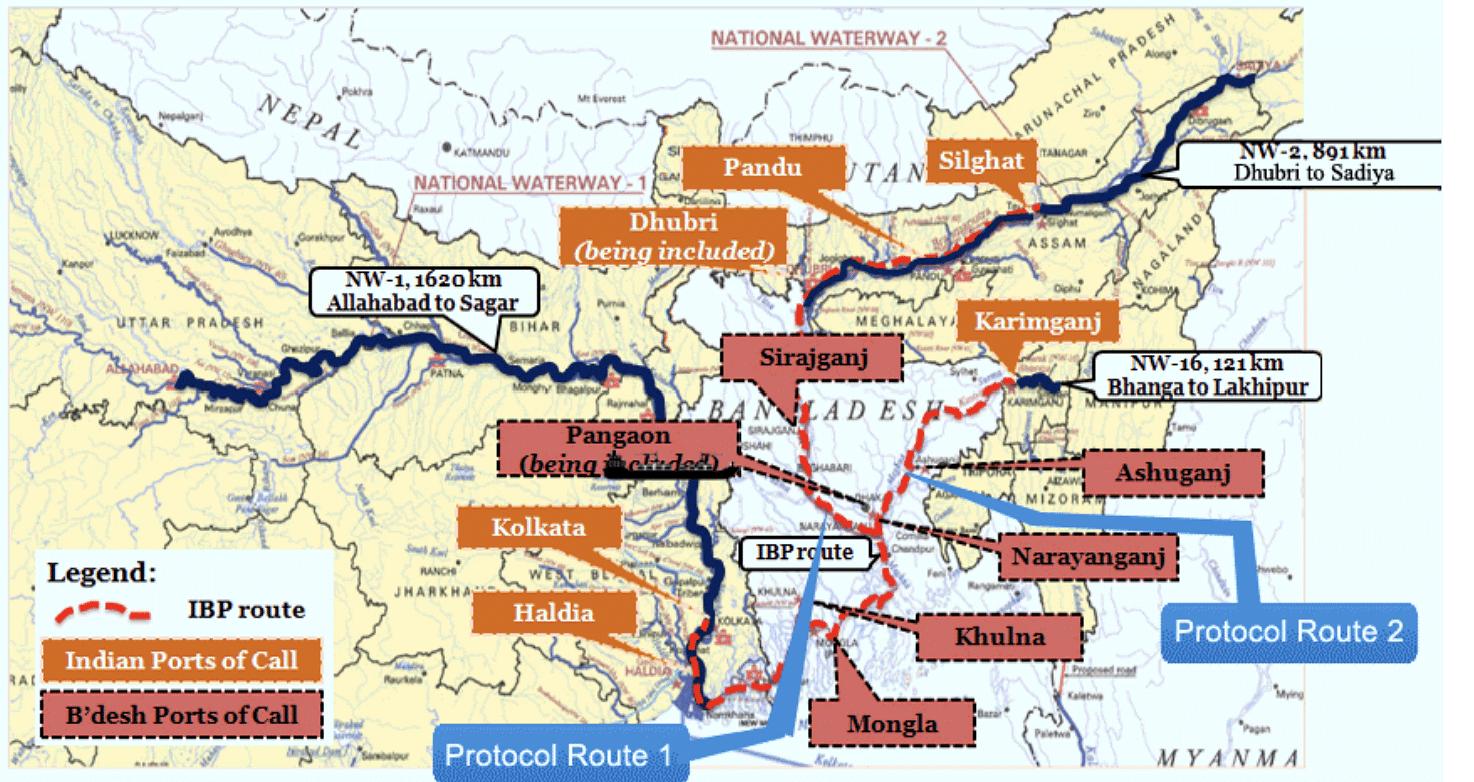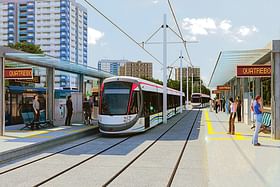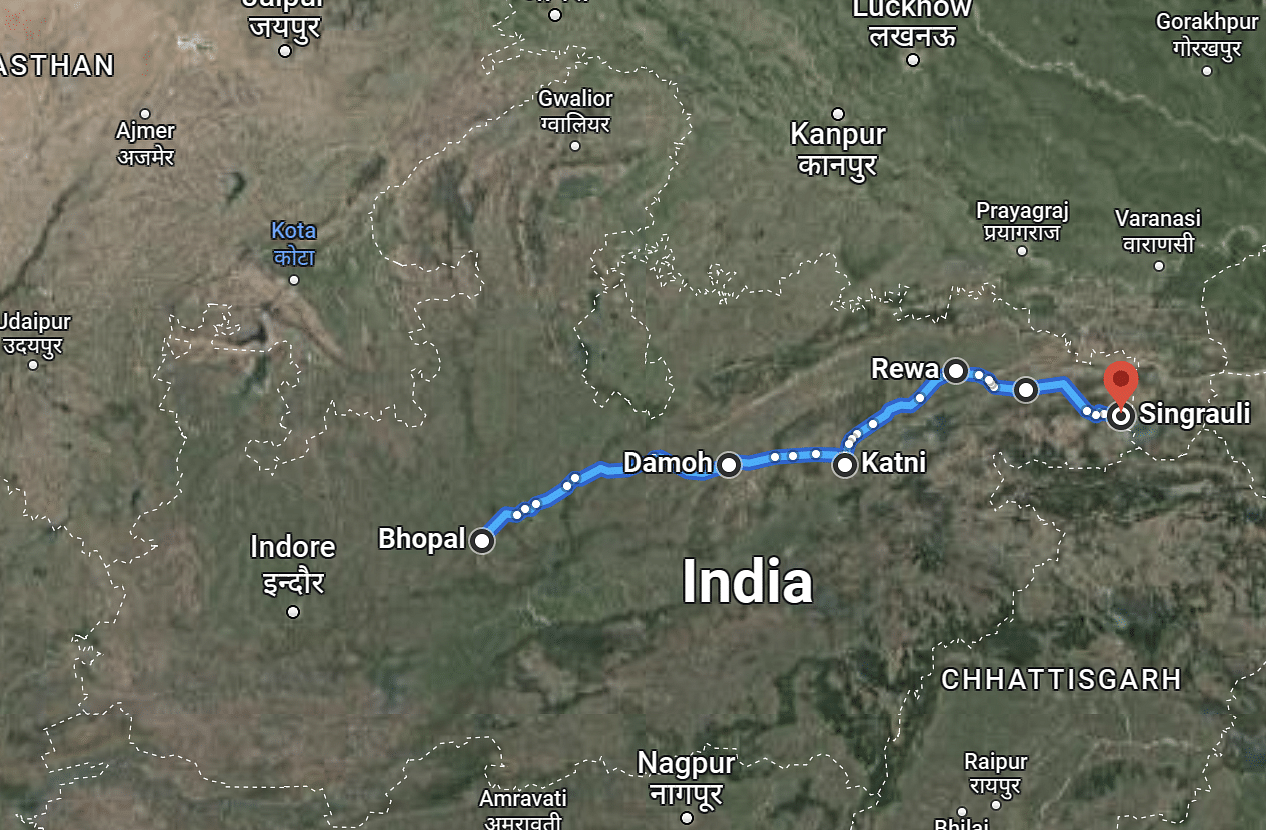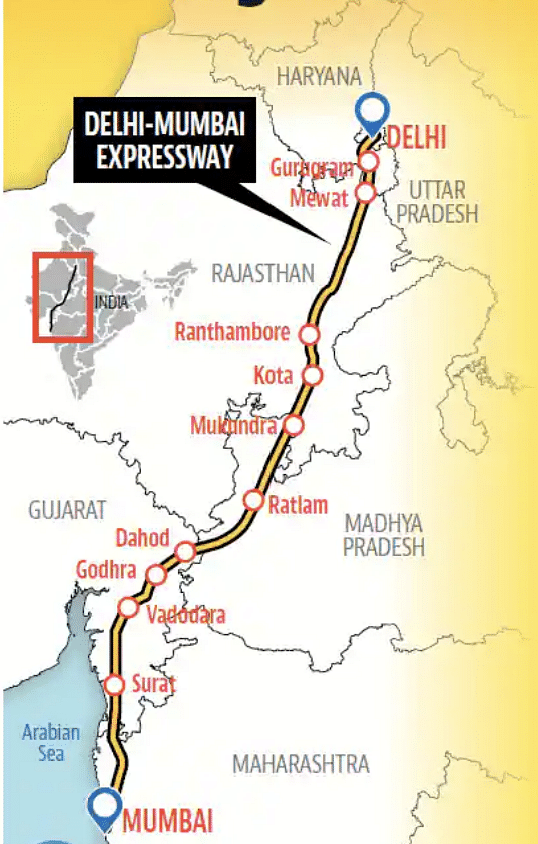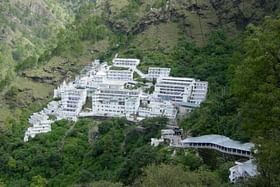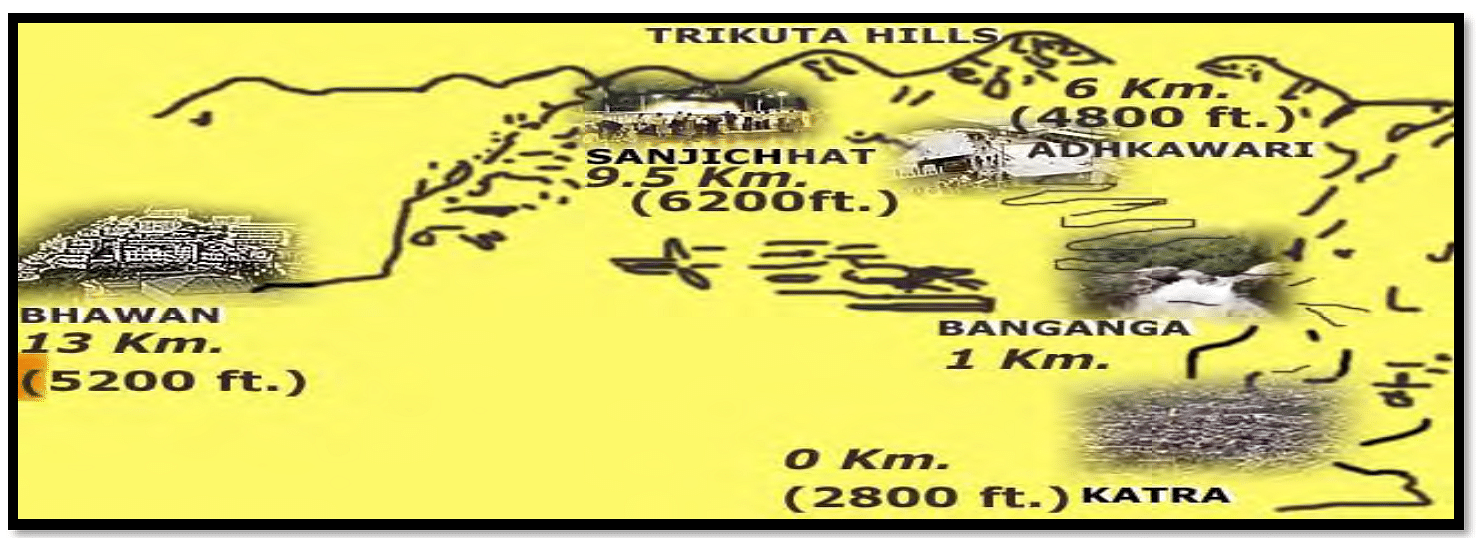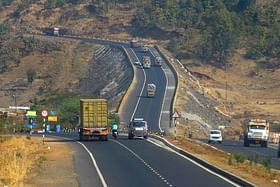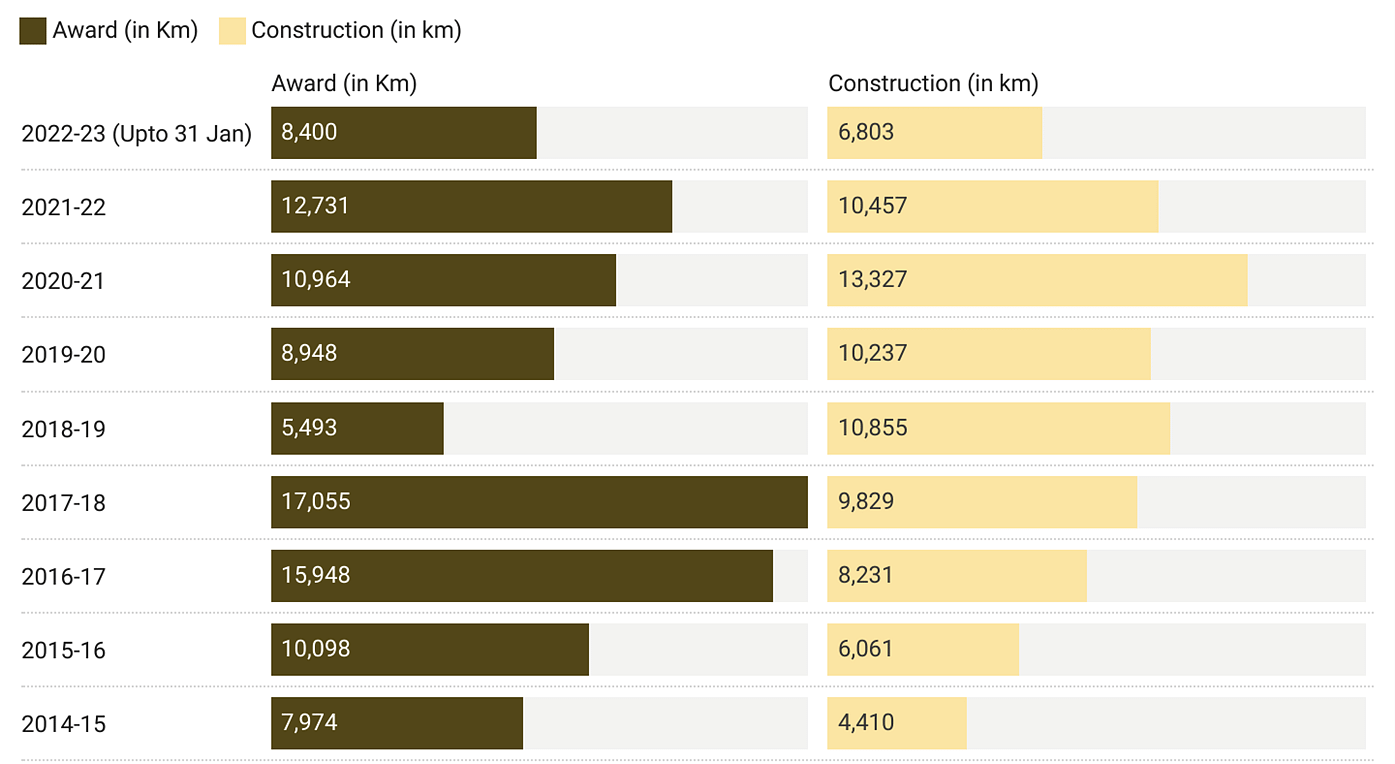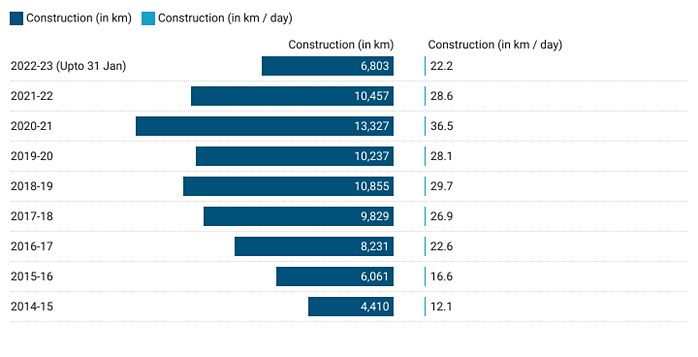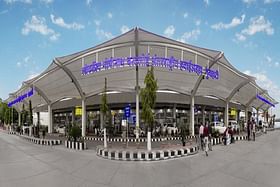G R Infraprojects has emerged as the lowest bidder for construction of two ropeway projects in Uttarakhand, namely, Gaurikund to Kedarnath and Govind Ghat to Hemkund Sahib.
Both projects will be developed on Hybrid Annuity Mode (HAM) and will have to be completed in four years from the Appointed date.
The selected concessionaire will also be responsible for operating the ropeways for 15 years from Commercial Operation Date (COD).
The bid cost for Kedarnath ropeway is Rs 1,875 crore and Rs 1,738 crore for Hemkund Sahib ropeway.
On 21 October 2022, Prime minister Narendra Modi had laid the foundation stones for both the projects which will give a boost to religious tourism in the state.
Gaurikund-Kedarnath Ropeway
The ropeway in Kedarnath will be around 9.7 km long and will connect Gaurikund to Kedarnath Dham in Uttarakhand’s Rudraprayag district.
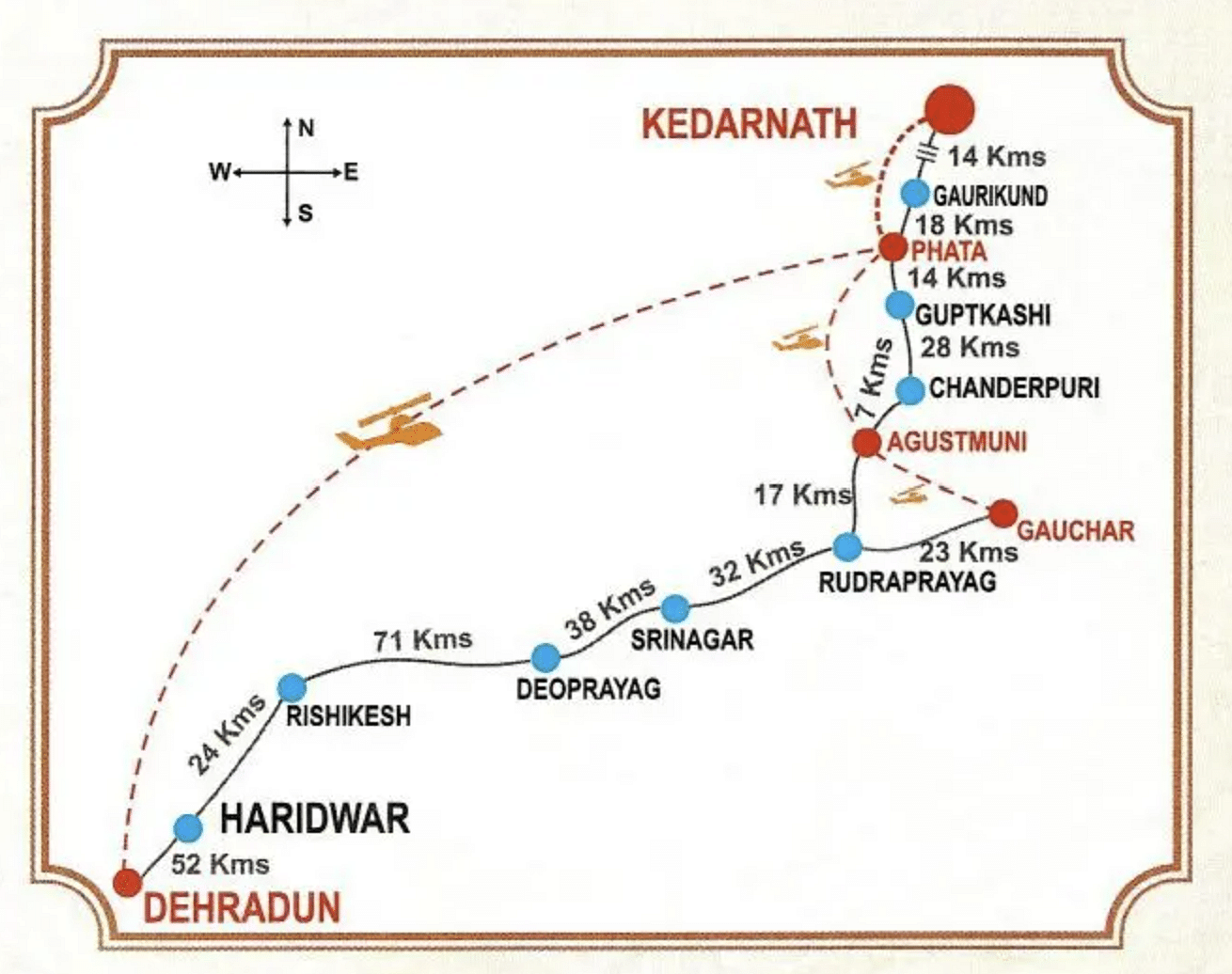
Set to be longest ropeway in the world at an altitude of 11,500 feet (3,500 m) above sea level, it will significantly reduce the time taken by pilgrims to reach Kedarnath shrine.
After completion of this project, the yatra time of 7 hours will be reduced to 30 minutes.
Govind Ghat – Ghangaria – Hemkund Sahib
The project is a 12.4 Km long alignment which stretches from Govind Ghat (about 275 km from Rishikesh) to Hemkund Sahib in Chamoli district of Uttarakhand.
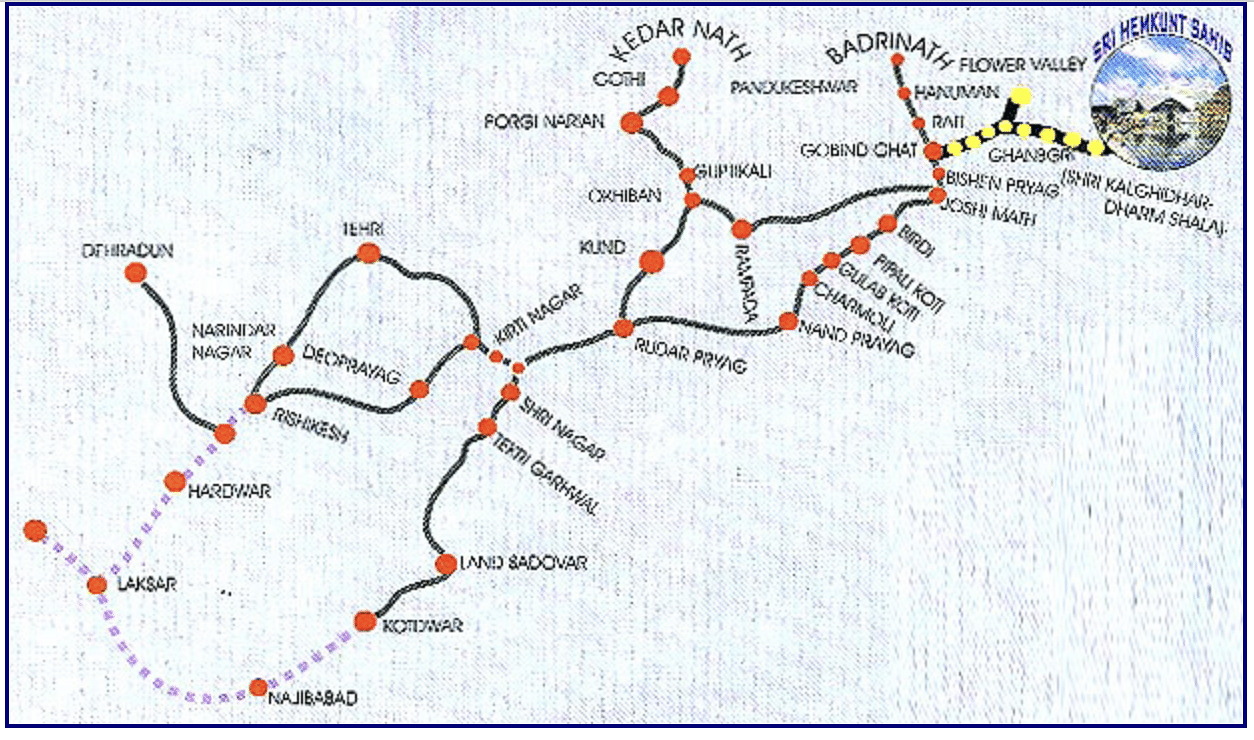
The entire alignment falls under the Nanda Devi Biosphere Reserve. It will reduce the travel time from Govind Ghat to Hemkund Sahib from more than a day to only about 45 mins.
This ropeway will also connect Ghangaria, which is the gateway to Valley of Flowers National Park.
Significance
The ropeway projects are expected to be affordable options for the common man to reach both these pilgrimage sites.
Kedarnath temple is among the holiest shrines of Hindus while Hemkund Sahib is a sacred place for the Sikhs.
However, geographical inaccessibility is a major challenge for these places – Hemkund Sahib is located at an altitude of 4,329 metres and Kedarnath at 3,584 metres.
While there are chopper services for Hemkund Sahib from Govind Ghat and for Kedarnath, they are expensive for some who have to undertake the arduous 10-12 hour trek of about 19 km to Hemkund Sahib and 6-7 hour trek of 16 km from Gaurikund to Kedarnath.
